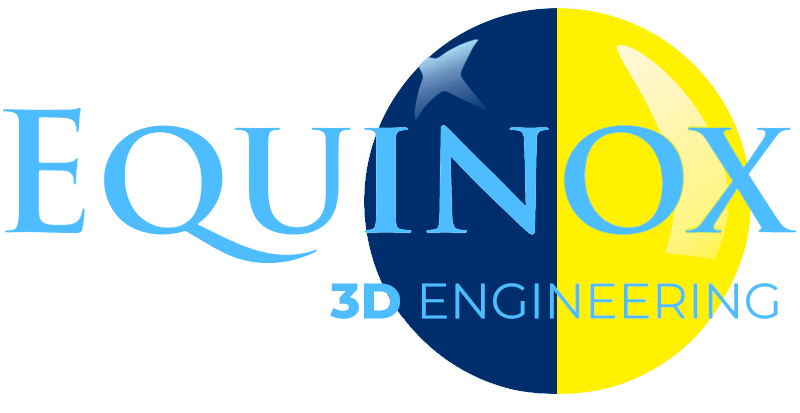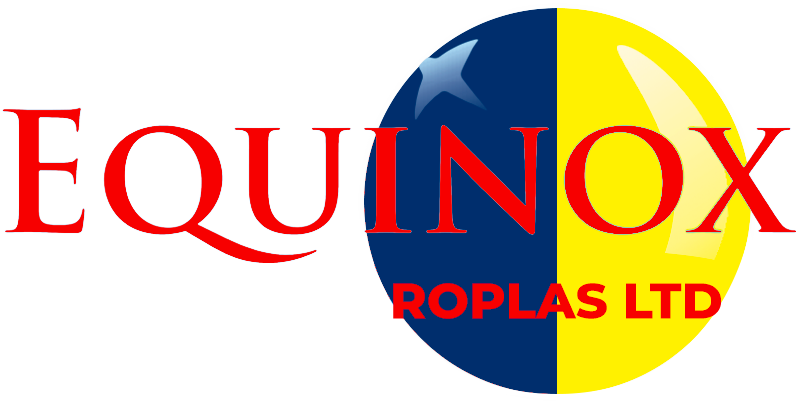How do you take a design brief to create a realistic 3D Velociraptor and produce a pair of 1m tall figures in just 4 weeks including Christmas?

Well the answer is a lot of hard work, skill and a not inconsiderable amount of advanced technology.
Equinox Products regularly produce fibreglass figures for Harry Levy Amusements of Broadstairs. In early December of this year, we were given a new project from the amusement company and supplied with a sketch of their new machine that they had presented at games and amusement exhibitions early in the year. Now, under normal circumstances you might expect this to be a 4 month project not a 4 week one, especially as across Christmas all suppliers are closed. However, this time we were really put to the test!
Normally, with these projects, someone will produce a 3D CAD model of the end figure, or a skilled artist might hand carve it. In order to make a realistic looking dinosaur a particularly skilled sculptor would be required and they would need plenty of time, both of which are in short supply. Therefore, we needed to come up with an efficient solution to these problems and, in order to create from scratch a 3D CAD model with such detail, we would have needed to call upon extremely experienced CAD surfacing designers.
Once a CAD model had been produced, patterns in dense foam needed to be constructed. These patterns were essentially the finished items simply split into sections so moulds could be made from them. Here, then, our state of the art triple axis CNC machine would have had to be computer programmed by extracting the geometry directly from the 3D CAD model, and used to produce the patterns.
Next, moulds would have to be produced in such away that they could be split apart to extract the fibreglass finished figures once they were laid up inside. In each of these processes you can see there is a lot of time spent producing items that are just links in the chain towards being able to produce a final figure, and then a production quantity of them, in this case 62 items across the first few months of 2015.
Four weeks, including Christmas, made this traditional approach a total non-starter. So a new approach had to be taken. Therefore, we sent out for a model toy dinosaur figure and it was optically scanned. Optical scanning is an extremely accurate (0.02mm resolution or higher) method of capturing 3D geometry. It’s used for reverse engineering and for inspection because it can capture, for analysis, forms that are hard to capture by other methods.
The resulting data from the scan is in the form of a mesh of data points representing the form of the dinosaur toy. Unfortunately the original pose of the toy was not suitable for how it was required to fit on the finished machine. We used a combination of advanced software, similar to that used to produce CGI movies, to re-pose the figure, and then cover the mesh with CAD compatible surfaces that can then be used for manufacture. Some mechanical fixing elements were added in the 3D CAD model at this stage.
Finally using this CAD data we 3D printed in plastic the finished dinosaur. However being over 1 m tall our 3D printers couldn’t print it in 1 piece, but, luckily the software allows us to split it into smaller parts and add socket and pin details so that it can be clipped and glue back together after.
Three were made in total two for the exhibition and a third was used to make the GRP moulds from so that a production run of 62 figures can be produced. We were thinking of creating a bit of a stir in the local press by burying some spare parts in the beach at Whitstable and seeing what the reaction was when the were uncovered!


Can we help you with a similar challenge? If so then please contact us on 01227 750028



